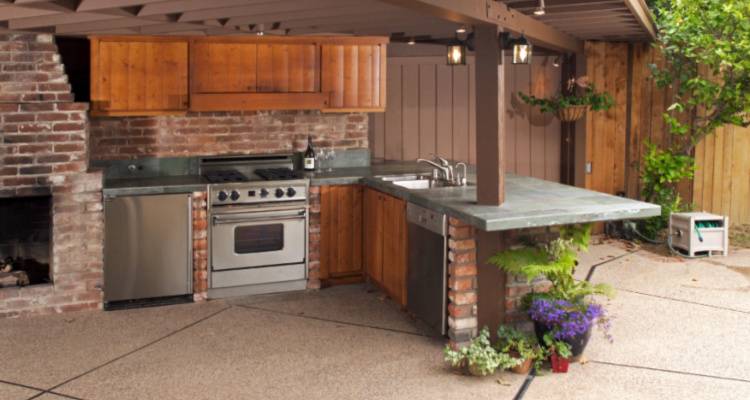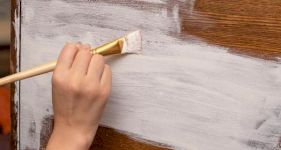Best Ways to Insulate Your Home
With the sudden surge of energy price caps and the ever-rising cost of living, many homeowners are facing a losing battle to keep their homes warm over the winter months.
It’s vital we know the steps to retain heat in our homes whilst also keeping energy bills down.
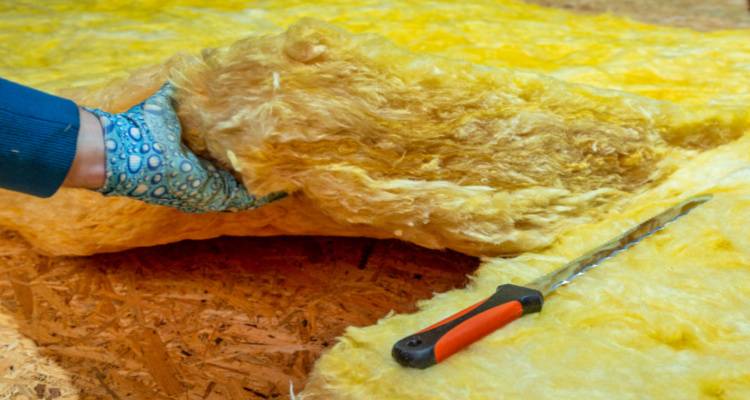
Many people are already overpaying on their yearly energy statements due to poorly insulated homes.
We’ll be sharing the best methods of home insulation for your circumstances, costs, and further hacks to keep your home warm - without breaking the bank.
What Type of Insulation Should You Consider?
When it comes to calling in the big guns, it’s important to know the different types of insulation material and methods, their costs, and their benefits. This can aid you substantially in choosing the best service for your home, budget and scenario.
There are many areas to look at within your home when it comes to installing insulation. But the best place to start is with the walls.
Wall Insulation
Around one-third of heat loss within uninsulated homes is due to hot air escaping through the walls. Insulating your walls can spare you quite a chunk of your usual energy bill spend, saving you up to a whopping £930 on your statements each year.
Before working out the costs of your wall insulation, it’s important you assess the type of wall built to find the best materials and technique for the job. There are two main types of walls which require different methods of insulation: solid walls and cavity walls.
Solid walls can be insulated from the outside or the inside. Insulating the interior of a solid wall is the most common choice for most homeowners, as there is less work and cheaper overall costs.
Interior wall insulation is done by fitting rigid insulation boards to the wall or building a stud wall which is filled in with insulation material, such as mineral wool fibre. External wall insulation requires covering the outside of your home with insulation material and then fitting render or cladding over the top.
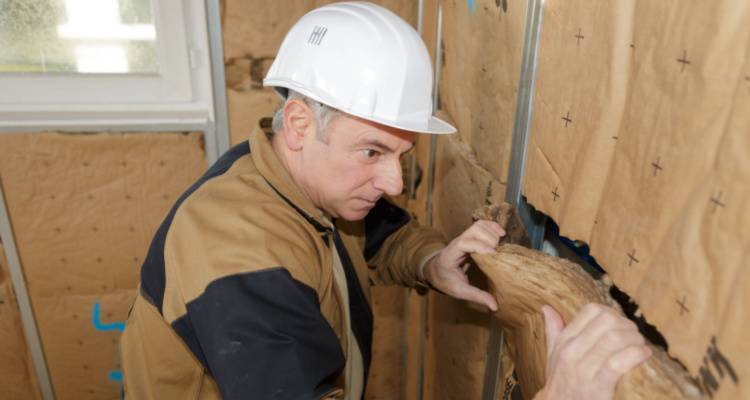
Although external wall insulation costs more than internal, it holds some great benefits. From weatherproofing and extending the longevity of your home exterior to reducing draughts by filling in gaps and cracks in the brickwork and reducing the household disruption that interior insulation causes.
If you have cavity walls erecting your home, cavity wall insulation is the best method for you. A specialist will most often inject insulative material into the space between the layers of brick. This method causes minimal home disruption and tends to be much cheaper than other options.
For a three-bedroom home, solid wall insulation may set you back around £9,000, whereas cavity wall insulation would cost an average of £1,200. According to The Royal Institute of Chartered Surveyors, solid wall insulation for a typical semi-detached home is around £7,400 for internal walls and £13,000 for external.
Roof Insulation
If your walls are already insulated, it may be time to look at the roof. When you heat your home, that heat rises, and around 25% of it can be lost through a poorly insulated roofing structure. Roof insulation is quite a simple job to do, and quite often, it can be very cost-effective to carry out the work yourself.
As long as your home doesn’t have an issue with dampness and condensation, you can insulate your own roof by securing a layer of mineral wool between the joists and another layer over the top. If your home struggles with moisture, it’s important to call in a specialist to assess the area before beginning the job.
Insulating your roof can reduce your energy bills by £315 per year, depending on the size and build of your home.
Floor Insulation
Around 10-20% of heat loss within the home happens through the flooring, so if you’re looking to stay toasty through the winter, floor insulation may be a good option for you.
If your home is a new build, you likely have a concrete floor. Insulative boards can be secured on top of concrete to provide better heat retention.
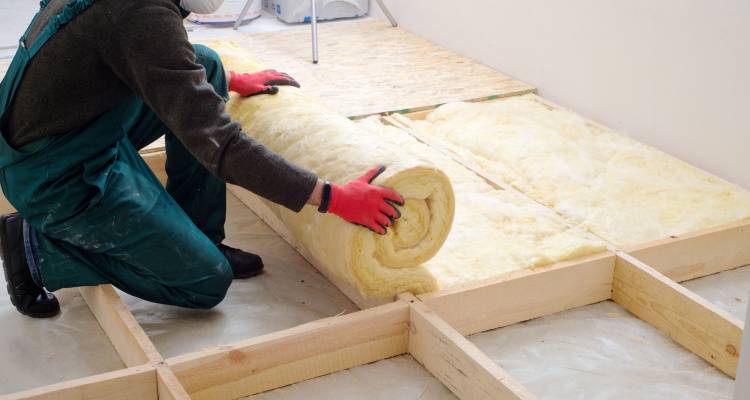
If you have an older build, you likely have wood or solid suspended flooring. This flooring will need to be lifted to lay an insulated material underneath, which can greatly reduce draughts and heat loss.
Floor insulation can save on average £50 per year on overall energy bills, which can be extremely helpful to those trying to cut annual costs.
Other Methods of Insulating the Home
If you’ve exhausted your options with home insulation materials, you may also wish to switch up some things in your home to keep the temperature high. We’ve collected a wide array of tips and hacks to retain heat in your home on a budget, most of which can be done instantly!
Investing in Draught Excluders
Draught excluders are a nifty and thrifty way to keep pesky draughts at bay at a pinch. You can purchase draught excluders in the form of adhesive door and window strips or plush under-door cushions, which can keep the cool air out.
Lay Down Some Rugs
If your home is void of carpeting, laying down rugs can greatly reduce draughts and prevent heat loss within your property. Like insulation, this works by covering any draughty gaps in your flooring and slowing conductive and convective heat flow in the home.
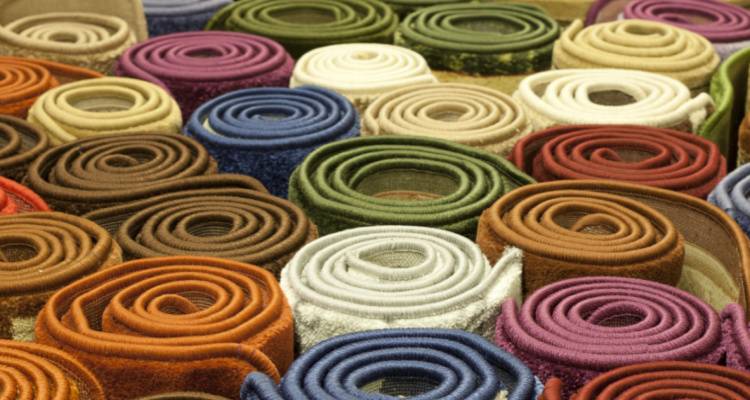
Only Heat When Necessary
There’s a great debate as to whether keeping your heating on low all day or only using your heating when necessary is more cost and energy efficient.
However the most common outcome is that switching on your heating when necessary is the best way to reduce heat loss, as heat leaves the home all day regardless. The longer your heating is on, the more heat is ultimately lost.
Use a Dehumidifier
Kill two birds with one stone by investing in a desiccant dehumidifier. This type of dehumidifier can help to keep your home warm by greatly reducing the humidity levels of your surroundings and expelling heated air in the process.
This heats your home at a much lower cost than your heating system, with the added benefits of moisture control, which reduces the risk of damp and mould during the winter.
Last updated by MyJobQuote on 18th June 2025.
